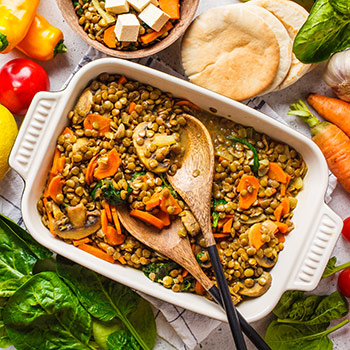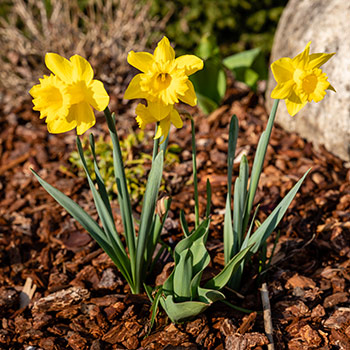
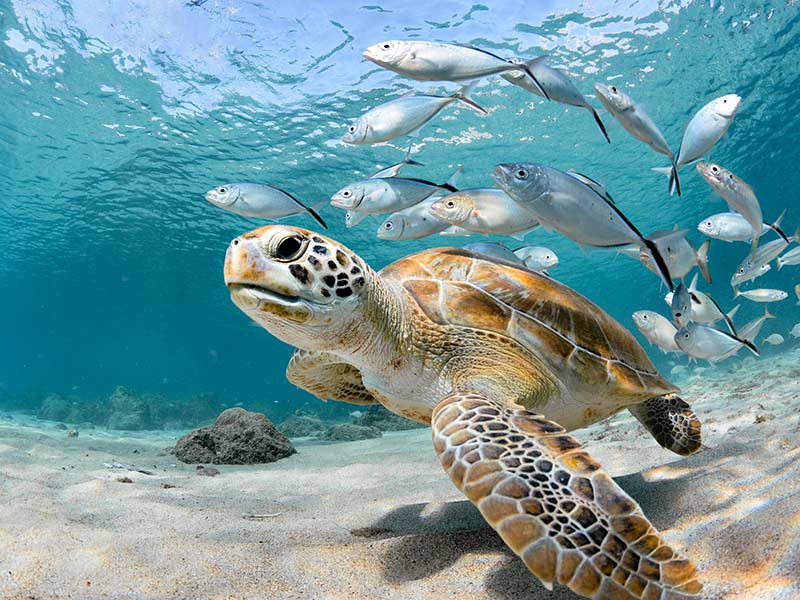
Here are some steps that we all can take to help reduce excess water usage.
Running a fully loaded dishwasher is more efficient than handwashing, but if you don’t have one, or prefer to hand-wash occasionally, turn off the faucet while you scrub. |
Additionally, you can purchase shower heads that are also optimized for the lowest water usage without compromising on water pressure. “Wait, you want me to shower less?!” Plenty of studies have shown that your hair is generally healthier if you wash it every other or every third day. This isn’t a golden rule for everyone, since some of us have different hair types that may require more or less washing. But washing your hair daily can strip it of its natural oils, tricking your hair into thinking it needs to produce more oil to replace it, which in turn makes you feel like you need to wash your hair again. Let’s not forget that Dry Shampoo was invented for this very reason! (Batiste Dry Shampoo is one of our favorites). Of course, if you’ve worked up a sweat, by all means take a shower!
|
When replacing toilets, opt for those that use minimal water both in the bowl and during flushing. One old-school trick is to CAREFULLY place a brick in your toilet tank to help reduce the amount of water used with each flush! Read here for details. |
Also, try to avoid water heavy crops. As much as we all love snacking on guac or mixed nuts, crops like avocados, walnuts, almonds, and rice are extremely water-heavy and are frequently grown in areas without plentiful, natural water supplies. |
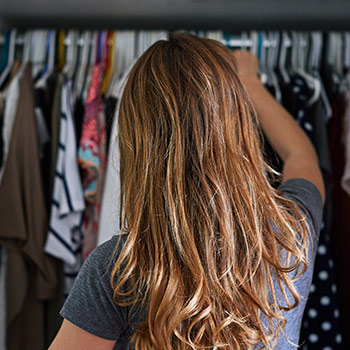 5. Buy fewer new clothes. 5. Buy fewer new clothes.On that same note of water-intensive crops, cotton crops are one of the world’s largest consumers of water. Breaking this down only requires the simple economic understanding that buying less of anything creates less demand, which in turn creates less of a need for it to be grown in the first place. Not to mention all the CO2 you’d be saving from not requiring these clothes to be made or being shipped worldwide. If you want to spruce up the closet, buy used clothing. Not only is it better for the environment, but it can also be easier on your wallet.
|
If you must water, doing so in the early morning or later evening for less evaporation. If you reside in a drier climate, please pick locally appropriate plants. If you live in the Southwest for example, consider a more desert-friendly yard and garden with desert flowers and cactuses. |
In addition to saving water, be considerate of the chemicals you are pouring down the drain. Regardless of water treatment facilities, some chemicals won’t be fully eliminated and can seep through the ground before re-entering our oceans and water supply. We highly recommend switching to all-natural brands where possible. Some of our favorites that we carry at Bartell’s are:
Beauty
- Dr. Bronner’s
- Tom’s of Maine
- Art Naturals
- Zum
- SoapBox
- Kirks Soap
- Pacifica
- Sun Bum
- Not Your Mother’s Naturals
- Raw Sugar
- Batiste Dry Shampoo
Household
- Method
- Seventh Generation
- Ecos
- Aunt Fannie’s




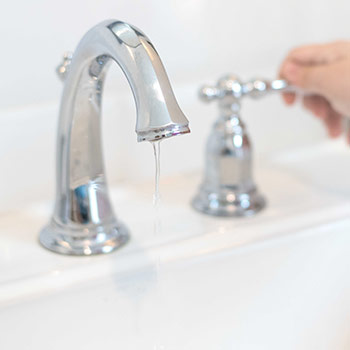 1. Turn off the tap while brushing your teeth and washing dishes by hand.
1. Turn off the tap while brushing your teeth and washing dishes by hand.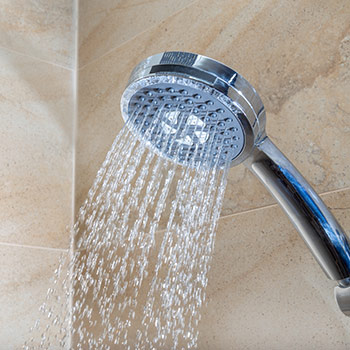 2. Take shorter showers, and shower less often.
2. Take shorter showers, and shower less often.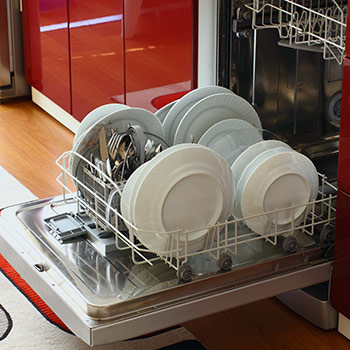 3. When possible, replace older appliances and plumbing with newer, water-efficient ones.
3. When possible, replace older appliances and plumbing with newer, water-efficient ones. 